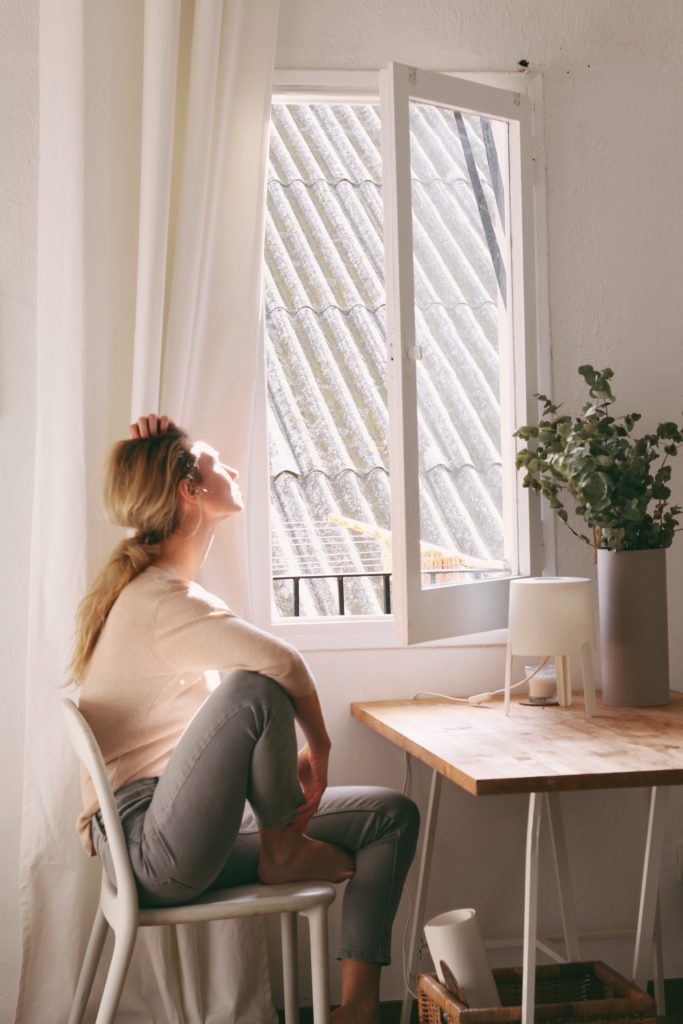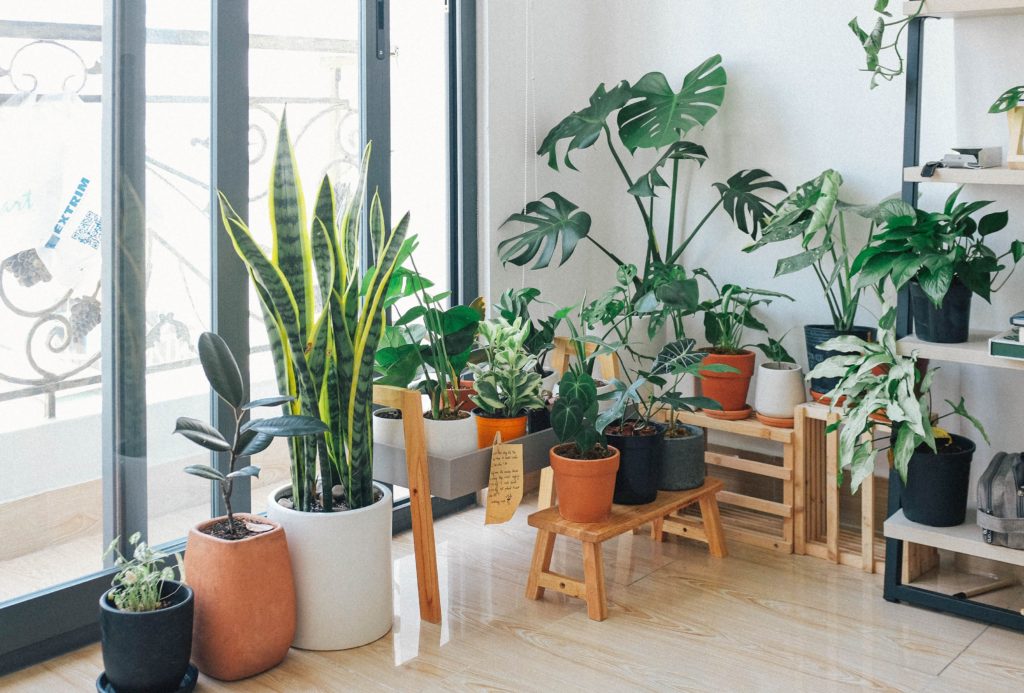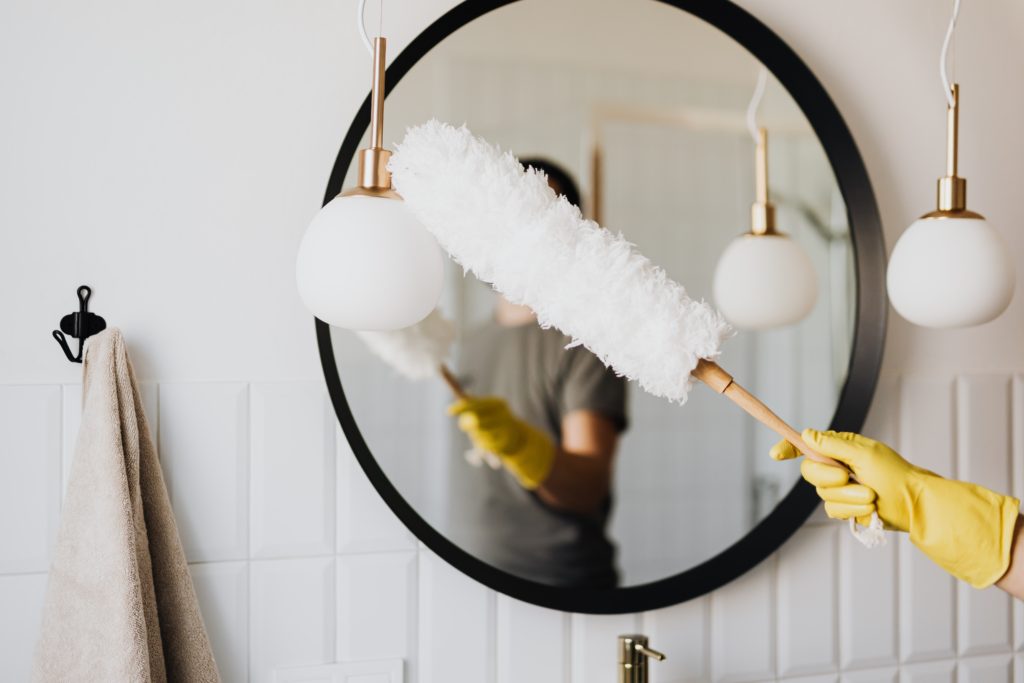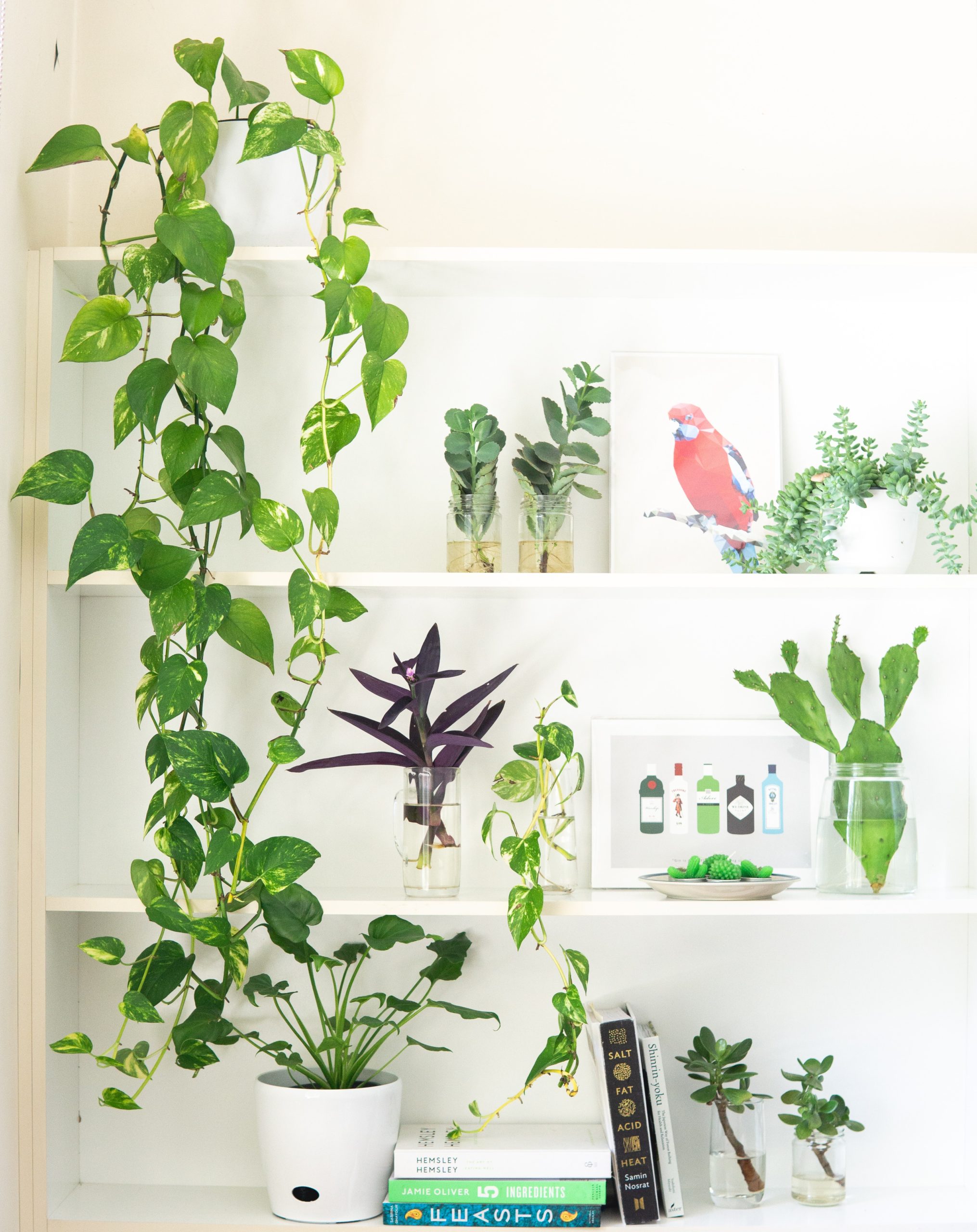How to Improve Indoor Air Quality
Your home’s air quality may not be as good as you expect. Low-quality construction materials, outdoor pollution, and toxic emissions from certain home appliances are all factors that may lead to poor indoor air quality. Poor air quality has been associated with diseases such as asthma, lung cancer, and fatigue.
Avoid minor health issues that can lead to major problems by following our tips on how you can improve the air quality at your home.
Determine & Remove Air Pollutants
The first step is to eliminate something from your home that is causing your indoor air quality to deteriorate. This might or might not be easy. If you have cleaning materials, paint, or other chemicals in the home. Try to relocate these items to the garage and away from the main living areas.
However, it becomes more difficult when the pet is the cause of pollution. Another cause of air pollution that is difficult to eliminate is a sick family member.

Open Windows & Doors
Opening windows for airflow is an easy and convenient way to improve the air quality in your house. It is also an effective way to reduce air conditioning costs. Opening the windows would allow stale or dusty air to escape while allowing new, fresh air to enter the house. To assess the technique’s efficacy, measure the air quality before and after opening the windows and doors.
Check the thermostat of your HVAC
Look for a HVAC that has a circulate mode. Some of these thermostats will turn on your indoor fan for 20 minutes per hour, while others will cause it to operate continuously at a low speed for steady air flow.
A proper understanding of how HVAC works can somehow help you solve poor air quality at your home. If there is lack of air circulation, pollutants can accumulate to a level that can affect your health.
Ensure Air Vents are Working & Clean
Regularly check if your vents are in good working condition, and if they already need a cleaning.
It is important to keep the air ducts clean in order to maintain good indoor air quality. Clear dust build-up on the ducts or furniture, as well as an uptick in asthma flare-ups, are all indicators that the air ducts need cleaning.
Hire a trusted professional that knows how to do the job. Research what is done during duct & vent cleaning to know the best practices in the duct cleaning industry.
Check Cooking Vents
Your kitchen may sometimes be the main culprit as to why you have poor indoor air quality. Harmful pollutants, such as carbon dioxide, carbon monoxide, and nitrogen dioxide, are released by gas stoves. Electric stoves emit some chemicals as well, but on a much smaller level. To be safe, make sure that the cooking area is well ventilated so that the gases can escape.
Bee Wax Candle for Air Purification
Bee wax candles are known for their ability to cleanse the air. When bee wax candles are burned, negatively charged ions are released, which tend to arrest positively charged contaminants including dust, pollen, and other pollutants. As negatively charged ions are emitted into the household, they bind to positively charged pollutants, sucking them to the candle and allowing others, such as ashes, to slip to the ground. Most purifiers work under the same concept as this one.
Get House Plants

Plants not only add color to your home, but they also act as natural air purifiers. Not all house plants though have the same purifying properties. Bamboo palms, English ivy, Red Edged Dracaena, and Mass Cane, for example, are excellent air purifiers.
Keep Your Filters Clean
The higher the efficiency of the air filter, the more particles it can collect. The downside is that smaller particles will cause the filter to clog more easily, causing more regular replacement.
Replace your air filters every 30 days or so, and keep replacement filters on hand in case you need them.
Check the rest of the air filters at your home. Consider upgrading to HEPA quality bags if you haven’t changed the bag in your vacuum cleaner in a while to reduce dust and particulate spread. Similarly, make sure to refresh the filters on portable air filters and other similar equipment on a regular basis.
Go for Natural Air Fresheners
Replace your synthetic air fresheners with natural ones. Basic oils that have been carefully picked and blended will help to eliminate odors while still ensuring good air quality.
Scented candles & synthetic air fresheners contain Volatile Organic Compounds (VOCs). They can be harmful to your health, cause headaches, and irritation to your skin, nose and mouth. Many cleaning, disinfecting, cosmetic, degreasing, and hobby products contain VOCs, too.
Clean your House on a Regular Basis

It’s pointless to invest in air cleaning equipment for your home if you don’t keep it clean. Allergens such as pet dander, pollen, and chemical residue will eventually collect on your home’s tiles, carpets, upholstery, and other surfaces.
Cleaning your house on a daily basis can help to keep pollutants out of your household and out of the air. To increase the air quality in your home, make sure all of your household belongings and surfaces are dusted thoroughly.
Keep the Humidity Level Under Control
A portable dehumidifier in your home will help you monitor humidity levels. While this is a cost-effective alternative, these portable units can be loud and require daily draining of their catch basins. Installing a whole-home dehumidifier in your HVAC system is a better option.
It will operate in the background to maintain the humidity level in your home under control at all times, without you having to do anything.
Your house is a safe haven away from all of the challenges we face during our day to day work and responsibilities. The simple act like performing a regular cleaning of your home and HVAC will make it a safe place for you and your family. If you need professional help, remember to schedule an appointment with Calvey Heating & Air.


